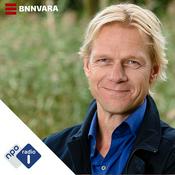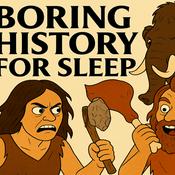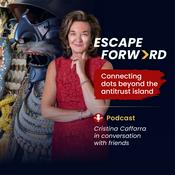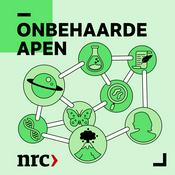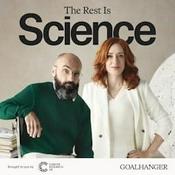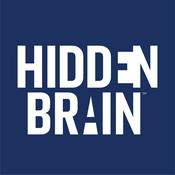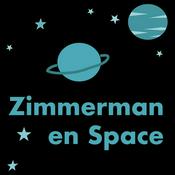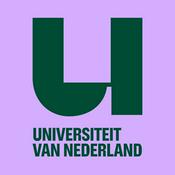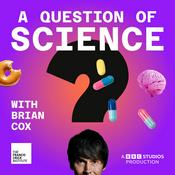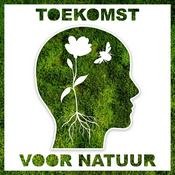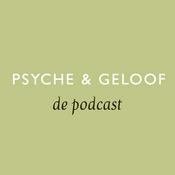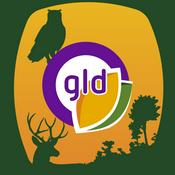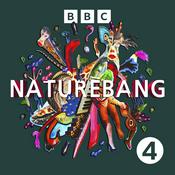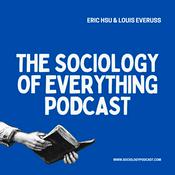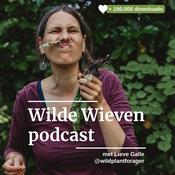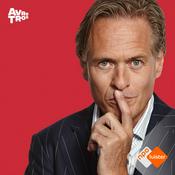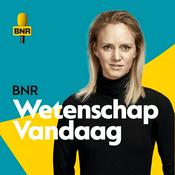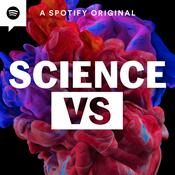18 afleveringen

EP 17 High Precision Methane with Lasers feat Peter Roos
03-11-2025 | 40 Min.
In this conversation, Sean Crowell and Pete Roos discuss the innovative technologies developed by Bridger Photonics for measuring greenhouse gas emissions, particularly methane. They explore the power of LiDAR technology, the importance of accurate measurements, and the company's mission to simplify emissions reduction for the oil and gas industry. The discussion also touches on the significance of statistical analysis in emissions data, the evolution of emission factors, and the future of measurement technologies, including new developments and collaborations with regulatory bodies.KeywordsBridger Photonics, laser technology, emission reduction, LiDAR, greenhouse gases, environmental sensing, methane emissions, measurement accuracy, regulatory compliance, innovation

EP 16 Methane from Trash with Tia Scarpelli of Carbon Mapper
29-9-2025 | 51 Min.
In this conversation, Tia Scarpelli discusses her journey in climate research, focusing on methane emissions from landfills and the complexities of solid waste management. She highlights the importance of understanding methane generation, the role of remote sensing in emission detection, and the challenges of measuring emissions accurately. The discussion also covers mitigation strategies for landfills and the need for effective stakeholder engagement to drive action towards reducing methane emissions.Keywordsclimate change, methane emissions, landfills, remote sensing, environmental engineering, solid waste management, greenhouse gases, emission detection, waste reduction, sustainabilityChapters03:30 The Importance of Landfills and Methane Emissions12:09 Understanding Landfill Composition and Methane Generation20:15 Modeling Methane Emissions from Landfills25:30 Research and Measurement Challenges in Landfill Emissions26:57 Measuring Greenhouse Gas Emissions31:14 The Role of Remote Sensing in Emission Detection35:24 Confidence in Remote Measurements39:58 Mitigation Strategies for Landfills46:56 CarbonMapper's Goals and Stakeholder Engagement

EP 15 SATLANTIS: Tracing Emissions from Oil and Gas Pipelines with Aitor Morinigo
03-9-2025 | 36 Min.
In this conversation, Sean Crowell interviews Aitor Morinigo, CEO of Satlantis, about the company's innovative approach to remote sensing and methane detection. Aitor shares his background in mechanical engineering and his journey from working in large corporations to leading a startup focused on satellite technology. The discussion covers the evolution of Satlantis, its partnerships with companies like Encino Environmental Services, and the importance of understanding customer needs in the oil and gas industry. Aitor also highlights the challenges of methane detection and the innovative technologies being developed to address these issues, like polarization sensitivity and higher spatial resolution in their next generation of sensors.KeywordsSatlantis, remote sensing, methane detection, satellite technology, environmental monitoring, space industry, EOChapters00:00 Introduction to Aitor Morinigo and Sattlantis02:10 Aitor's Journey into Remote Sensing and Engineering04:41 Transition from Traditional to New Space07:01 The Importance of Business Acumen in Engineering08:29 Overview of Sattlantis and Its Mission10:13 Sattlantis' Shift to Data Solutions12:58 Partnership with Encino and Industry Insights15:21 Innovative Technology for Pipeline Monitoring17:57 Multispectral Imaging and Its Advantages20:10 Combining Technologies for Enhanced Detection22:36 Business Model and Customer Engagement25:09 Future Developments and Innovations at Sattlantis

Ep 14 Voices of the OCO-2 and OCO-3 Missions
17-8-2025 | 23 Min.
In this episode, Sean leads us on a journey through the history of the Orbiting Carbon Observatory missions and the scientists whose work has utilized the data to find key insights about the natural and human-influenced carbon cycle. This episode is being released due to the status of these missions being "on the chopping block" in the proposed NASA budget for 2026 by the Trump administration. Keywordscarbon dioxide, climate change, Orbiting Carbon Observatory, NASA, greenhouse gases, carbon cycle, emissions measurement, Earth science, environmental monitoring, climate policy

Ep 13 TROPOMI: Seeing Methane from Space with Dr. Ilse Aben
21-7-2025 | 45 Min.
How do you detect methane leaks from space? And once you do - what comes next?In this episode, Dr. Ilse Aben shares the story of TROPOMI, the Dutch-led satellite instrument that scans the Earth daily for greenhouse gases. We explore how column measurements are turned into emissions, the power of'tip-and-cue' collaboration with commercial satellites, and how UN-backed systems are turning satellite data into climate action on the ground.• SRON Netherlands Institute for Space Research: https://www.sron.nl/• TROPOMI: https://www.tropomi.eu/• IMEO MARS Program: https://www.unep.org/explore-topics/climate-action/what-we-do/imeo• GHGSat: https://www.ghgsat.com/• Global Methane Hub: https://www.globalmethanehub.org/Episode Outline01:00–04:00 | Scientific Background04:00–09:15 | From SCIAMACHY to TROPOMI09:15–16:00 | How Satellites Measure Methane16:00–20:00 | Methane Sources Explained20:00–25:00 | Diffuse vs. Point Sources25:00–30:00 | Super Emitters and the Tip-and-Cue Model30:00–35:00 | IMEO & Global Mitigation via Satellites35:00–39:00 | Waste Emissions and Monitoring in the Global South39:00–43:00 | What’s Next in Satellite Methane Monitoring43:00–End | Final ReflectionsKeywordsgreenhouse gases, carbon sense, international cooperation, physics, spectroscopy, TROPOMI, satellite measurements
Meer Wetenschap podcasts
Trending Wetenschap -podcasts
Over Carbon Sense
Luister naar Carbon Sense, Vroege Vogels en vele andere podcasts van over de hele wereld met de radio.net-app

Ontvang de gratis radio.net app
- Zenders en podcasts om te bookmarken
- Streamen via Wi-Fi of Bluetooth
- Ondersteunt Carplay & Android Auto
- Veel andere app-functies
Ontvang de gratis radio.net app
- Zenders en podcasts om te bookmarken
- Streamen via Wi-Fi of Bluetooth
- Ondersteunt Carplay & Android Auto
- Veel andere app-functies


Carbon Sense
download de app,
luisteren.
